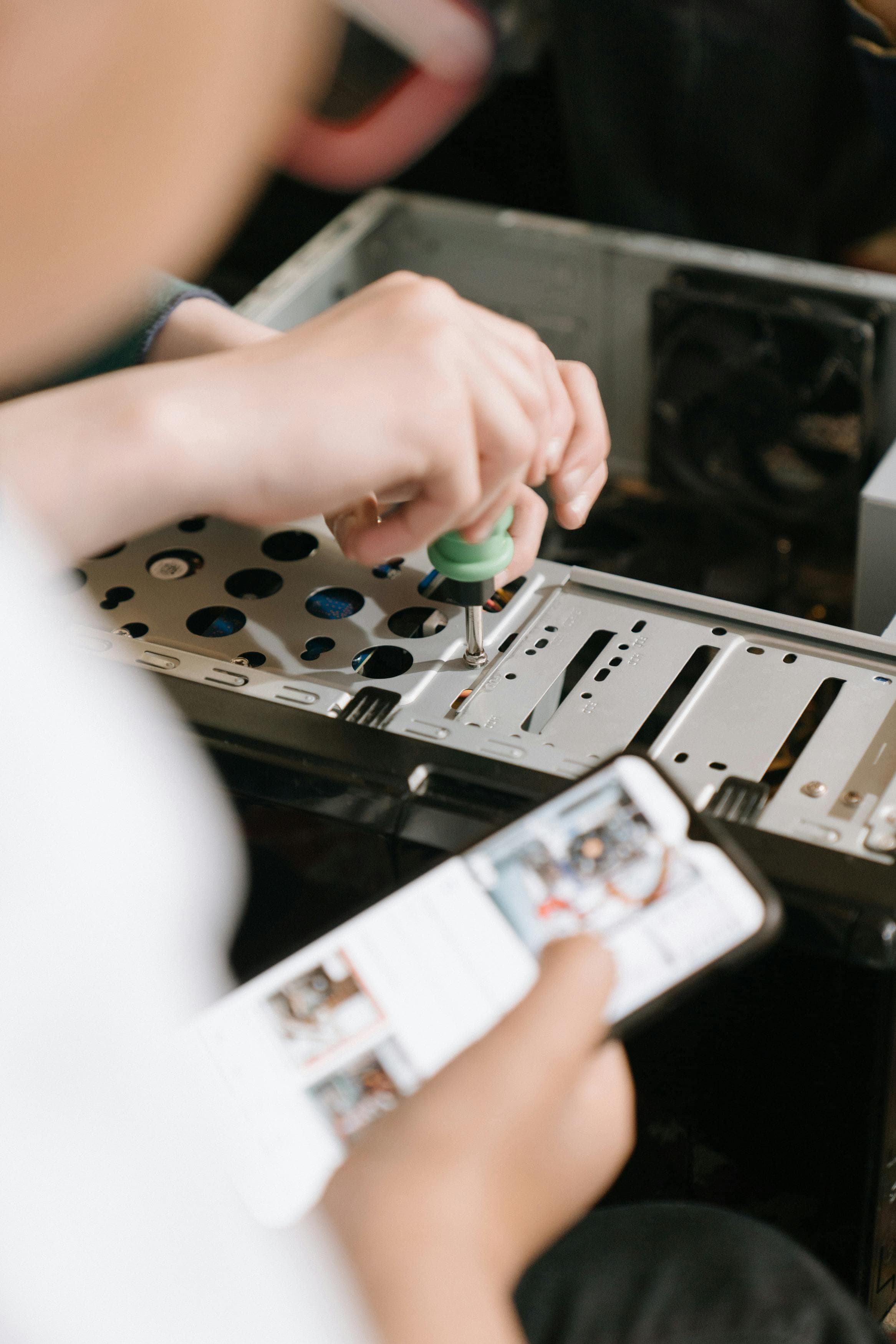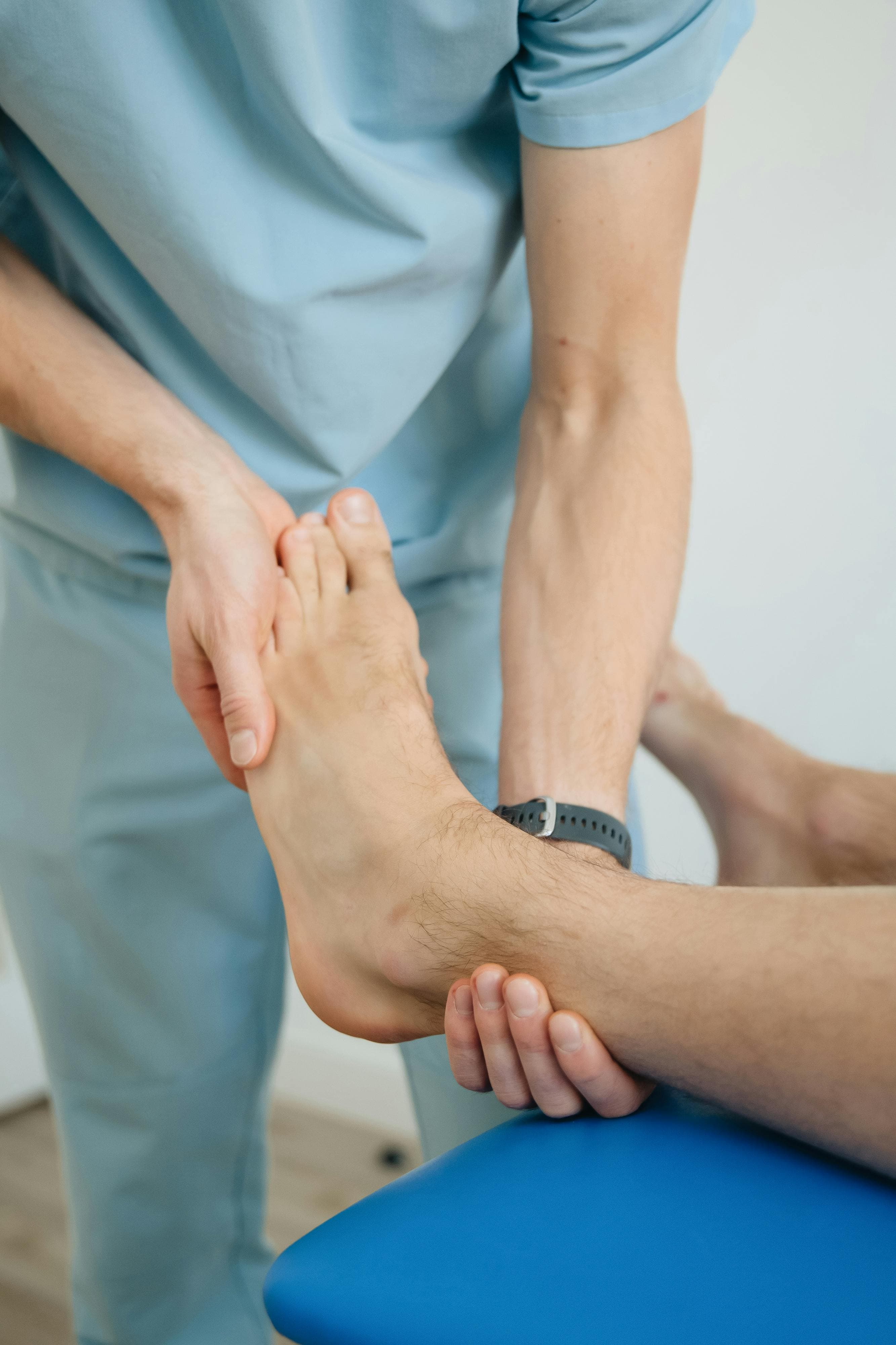PARS Achilles Jig System: Revolutionizing Minimally Invasive Achilles Tendon Repair
Published on February 5, 2025
Key Takeaway
The PARS Achilles Jig System offers a minimally invasive approach to Achilles tendon repair with comparable biomechanical properties to open repair techniques, potentially leading to faster recovery and fewer complications.
Introduction
Achilles tendon ruptures can be debilitating injuries, often requiring surgical intervention for optimal healing and return to function. While traditional open repair techniques have been the gold standard, the emergence of minimally invasive approaches has sparked interest in both the medical community and among patients. One such innovation is the PARS (Percutaneous Achilles Repair System) Achilles Jig System, which aims to combine the benefits of minimally invasive surgery with the strength of traditional repairs.
Understanding the PARS Achilles Jig System
The PARS Achilles Jig System is a specialized device designed to facilitate minimally invasive Achilles tendon repair. It allows surgeons to perform the repair through a small incision, potentially reducing the risk of wound complications and improving cosmetic outcomes. A study by Roddy McGee et al. (2021) demonstrated the safety of the PARS technique, with zero out of 50 needles directly puncturing the sural nerve during the procedure.

Biomechanical Performance
One of the primary concerns with any new surgical technique is its biomechanical performance compared to established methods. C Melcher et al. (2022) conducted a study comparing the PARS system to other repair techniques. They found that the PARS system demonstrated comparable elongation to other methods, with main elongation (85%) occurring within the first 10 cycles of testing.
Furthermore, Robert G Dekker et al. (2023) compared the PARS system to the traditional Krackow suture technique. Their findings showed no significant difference in load to failure between the two methods, with the PARS system achieving an average load to failure of 313.3 ± 99.9 N compared to 353.8 ± 88.8 N for the Krackow technique.
Clinical Outcomes and Patient Benefits
The potential benefits of the PARS system extend beyond biomechanical performance. Andrew R Hsu et al. (2015) conducted a retrospective cohort study comparing PARS to open repair. They found that a greater number of patients treated with PARS were able to return to baseline physical activities by 5 months compared to the open group (98% vs. 82%, P = .0001).
- Reduced risk of wound complications
- Faster return to activities
- Improved cosmetic outcomes
- Potential for accelerated rehabilitation

Considerations and Limitations
While the PARS Achilles Jig System shows promise, it's important to note some considerations. Bonnie Macaluso et al. (2022) found that both PARS and open repair techniques resulted in decreased stiffness of the repaired tendon compared to the intact state. This suggests that regardless of the technique used, proper rehabilitation protocols are crucial for optimal outcomes.
Additionally, the learning curve associated with new techniques should be considered. Surgeons must be adequately trained in the use of the PARS system to achieve optimal results and minimize the risk of complications.
Future Directions
As research continues, we may see further refinements to the PARS Achilles Jig System and similar minimally invasive techniques. Ting Wang et al. (2021) introduced a novel technique called the panda rope bridge technique (PRBT), which showed promising biomechanical properties compared to other minimally invasive methods, including PARS. This highlights the ongoing evolution in the field of Achilles tendon repair.
Conclusion
The PARS Achilles Jig System represents a significant advancement in minimally invasive Achilles tendon repair. With comparable biomechanical properties to traditional open repairs and the potential for faster recovery and fewer complications, it offers an attractive option for both surgeons and patients. As with any surgical technique, proper patient selection, surgeon training, and adherence to rehabilitation protocols are key to achieving optimal outcomes. As research continues and techniques evolve, the PARS system and similar innovations may play an increasingly important role in the treatment of Achilles tendon ruptures.